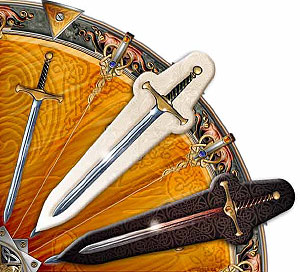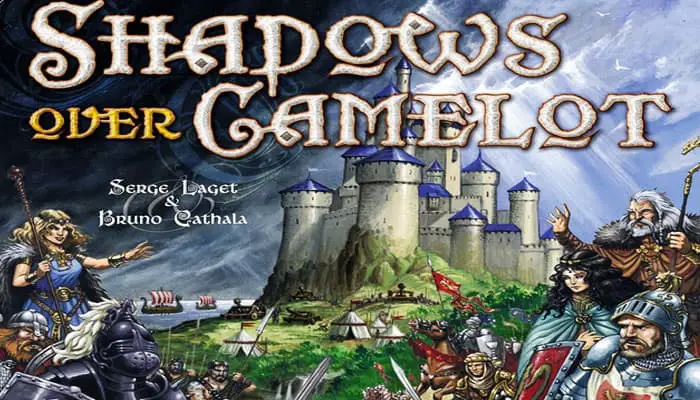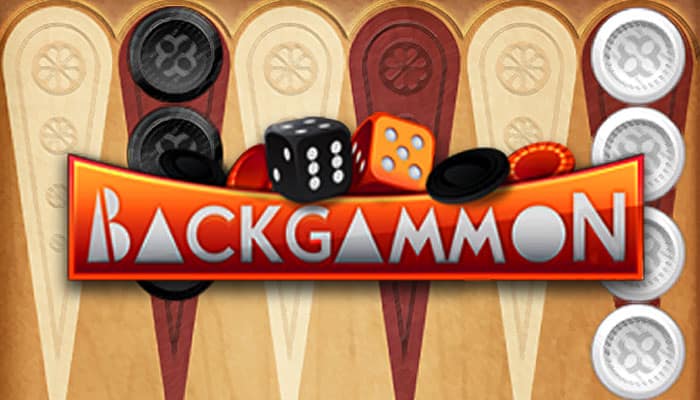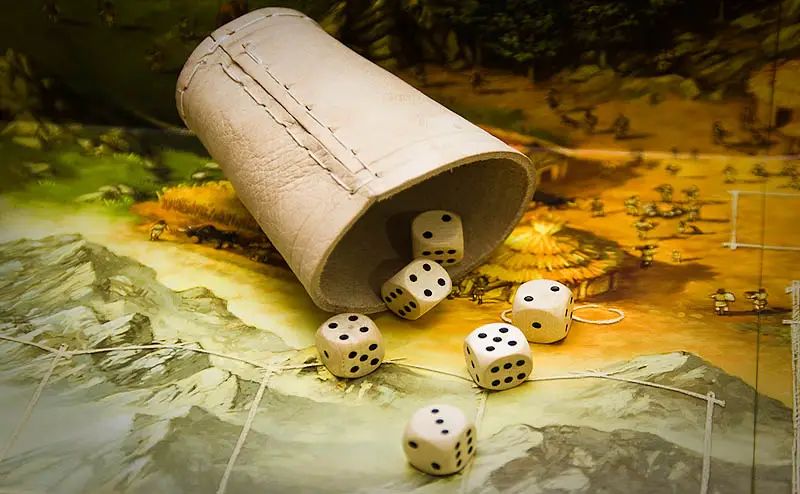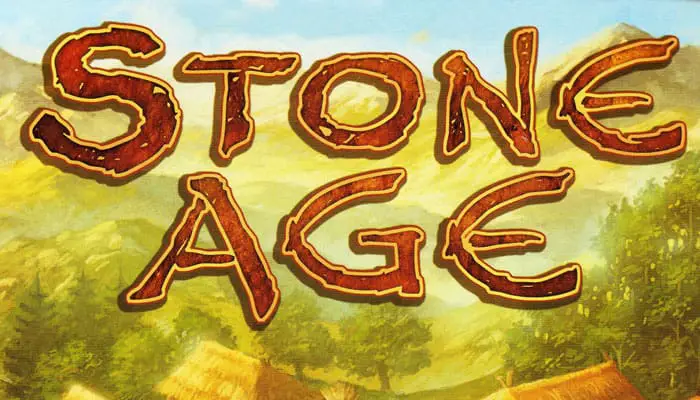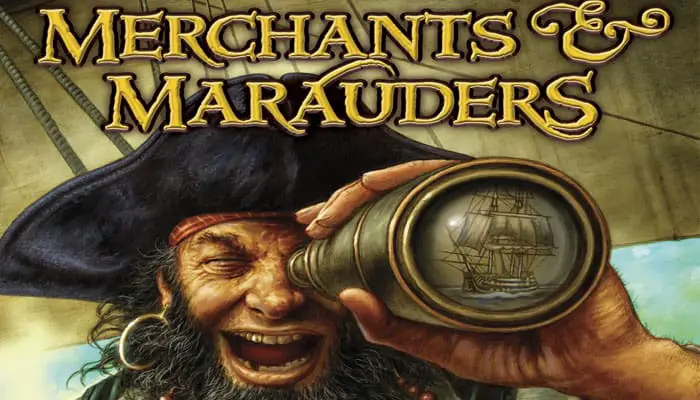
Game Components

- 100 Coins.
- 26 Plastic ships.
- 24 Demand Tokens.
- 17 Merchant Tokens.
- 16 Ship Modification Tokens.
- 12 Special Weapon Tokens.
- 20 Bounty Tokens.
- 254 Cards.
- 29 wooden cubes.
- 4 Naval Tokens.
- 1 Game Board.
- 4 Player Boards.
- 10 custom dice.
- 4 stash containers.
- 2 Player Aid sheets.
- 1 rule book.
Object of the Game
The object of the game is to gain 10 Glory Points.

Whenever a point is gained, the player moves a cube in his or her color up the Glory track found on the Game Board.
Glory Points are awarded to players every time they perform various acts of glory and infamy: …



